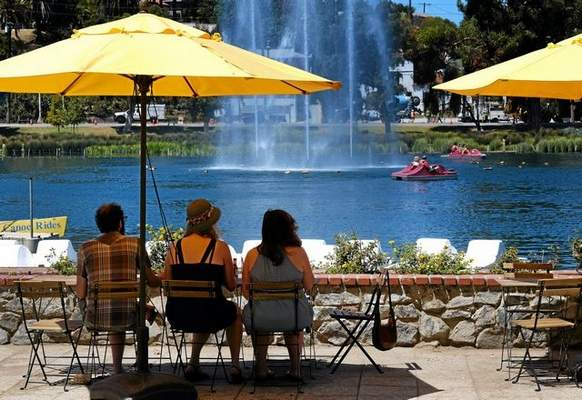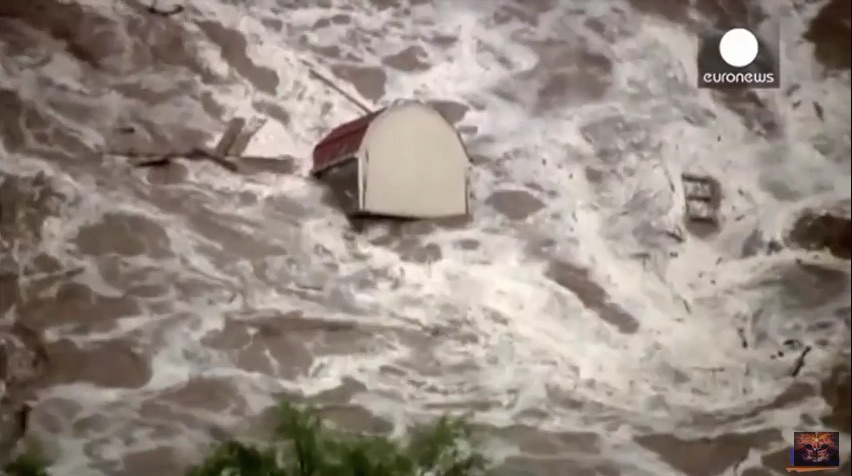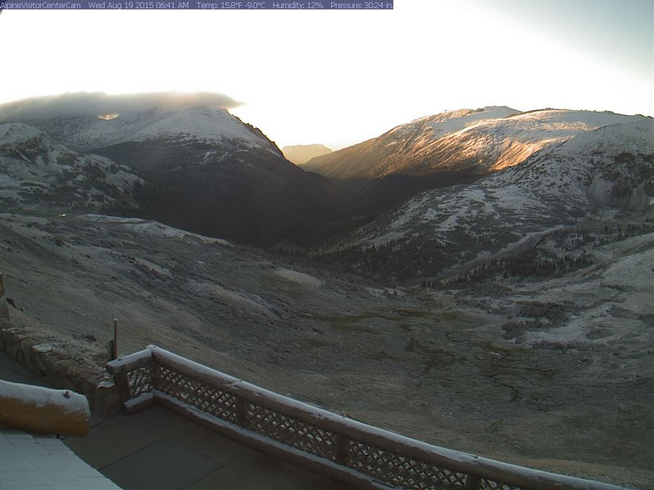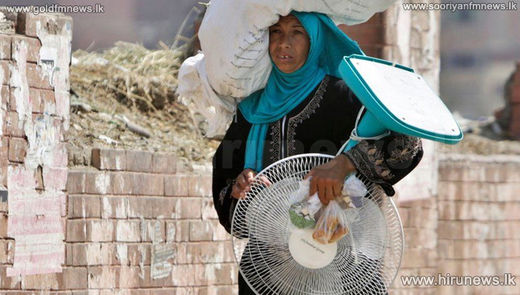
© AP Photo/Richard VogelVisitors to Echo Park Lake near downtown Los Angeles shade themselves under an umbrella as paddle boats keep close to a large fountain to keep cool on Friday, Aug. 14, 2015. The National Weather Service says Southern California’s sharp warming trend will build into the weekend, with above-normal temperatures in many areas. Forecasters say the hottest conditions will be Friday through Sunday. Valley and desert temperatures will range from 100 to108 degrees, with highs from 85 to 95 elsewhere.
After Southern California baked under record-breaking heat Saturday, the triple-digit heat wave is expected to continue through the weekend before tapering back down toward seasonal norms during the week, according to the National Weather service.
Long Beach, Burbank and Ontario all saw records for the date, Meteorologist Joe Sirard of the NWS Oxnard office said.
"It's the usual," he said. "an upper level ridge of high pressure that built in from the east, and just brought in some hot air from over the deserts and parked it over us."
In addition, a "very shallow" marine layer rising little more than 600 feet also contributed to the Southland's sweltering temperatures, which hovered at 10 or 15 degrees above normal Saturday, Sirard said.
Burbank saw a high temperature of 104 degrees Saturday,
shattering the previous record of 101 degrees set in 1977, Sirard said.
Long Beach Airport recorded a high temperature of 99 degrees,
topping its 1992 record of 87 degrees, he said. And in the Los Padres National Forest, Sandberg, at more than 4,500 feet elevation, a high temperature of 99 degrees bested the previous record of 95 degrees, set in 2014.
Inland, a record of 100 degrees set in 2007 in Ontario
was smashed after temperatures reached 105 degrees Saturday afternoon, NWS Meteorologist Scott Sukup said.




Comment: See also: SOTT Earth Changes Summary - July 2015: Extreme Weather and Planetary Upheaval